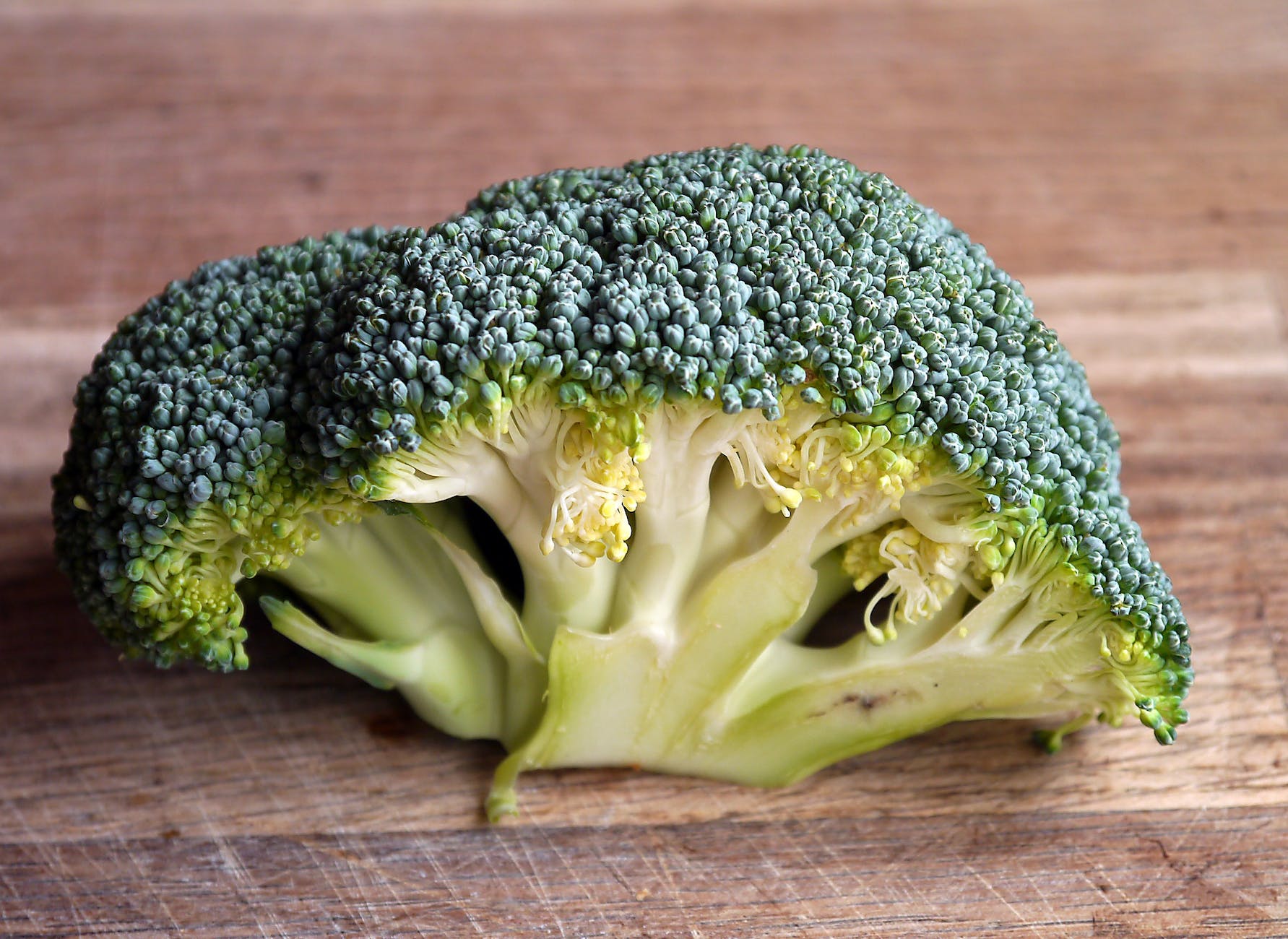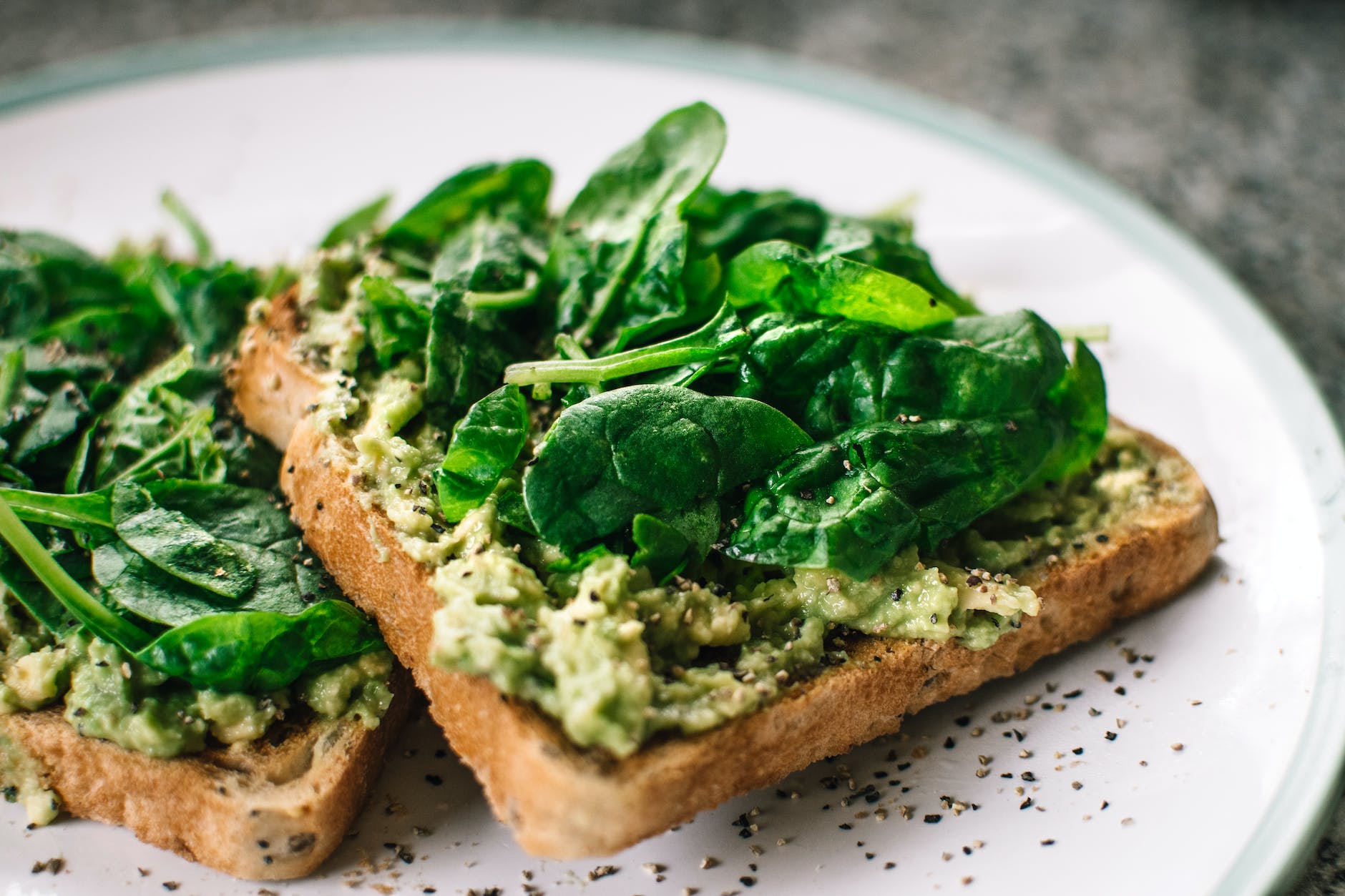
The Ultimate Guide to Avocado: Nighttime Superfood and Weight Loss Ally
The avocado, often dubbed the “butter fruit” or “green gold,” has taken the culinary and health world by storm. Its rich, creamy texture combined with a subtly nutty taste makes it a versatile ingredient in many dishes. But beyond its deliciousness, the avocado is a nutritional powerhouse. Let’s embark on a journey to explore the myriad benefits of this incredible fruit, especially when consumed at night, and its role in weight loss.
The Nighttime Magic of Avocado
1. Sleep Enhancer:
- Avocado is a natural source of magnesium, a mineral that acts as a muscle relaxant, helping to calm the nervous system and prepare the body for rest.
- The presence of magnesium can aid in improving sleep quality, ensuring you wake up refreshed.
2. Digestive Aid:
- The high fiber content in avocados ensures smooth digestion, reducing the chances of nighttime indigestion or heartburn.
- It also aids in regular bowel movements, preventing constipation.
3. Blood Sugar Stabilizer:
- The healthy monounsaturated fats in avocados play a role in stabilizing blood sugar levels, ensuring you don’t wake up in the middle of the night with hunger pangs.
Avocado: A Weight Loss Champion
1. Natural Appetite Suppressant:
- The combination of fiber and healthy fats ensures prolonged satiety, reducing the overall calorie intake.
2. Metabolic Booster:
- Avocado is a good source of B-vitamins, which are crucial for energy production in the body. A higher energy output can lead to increased calorie burn.
3. Targeting Stubborn Fat:
- The monounsaturated fats in avocados have been linked to a reduction in belly fat, one of the most stubborn areas to lose fat.
A Deep Dive into Avocado Nutrition
A standard serving of avocado (approximately 100g) boasts:
- Calories: 160 – A moderate amount considering the nutritional benefits it offers.
- Healthy Fats: 14.7g – Essential for brain health and hormone production.
- Dietary Fiber: 6.7g – Promotes gut health and satiety.
- Vitamins and Minerals: Rich in Vitamin C, E, K, and Folate, avocados support skin health, blood clotting, and DNA synthesis.
Beyond the Flesh: The Often-Ignored Avocado Seed
While the creamy flesh of the avocado is a favorite for many, the seed is often discarded. However, research suggests:
- Antioxidant Powerhouse: The seed contains antioxidants that fight free radicals in the body.
- Supports Weight Loss: Some studies suggest that avocado seed extract may help reduce body fat and weight.
- Anti-Inflammatory Properties: The seed may help reduce inflammation in the body, benefiting those with arthritis or other inflammatory conditions.
Frequently Asked Questions
- How can I creatively add avocados to my nighttime meal?
- Think beyond salads. Avocado can be blended into soups, whipped into a creamy dessert, or even used as a base for a nighttime smoothie.
- Can I eat an avocado every day?
- While avocados are incredibly nutritious, balance is essential. It’s okay to eat an avocado daily, but be mindful of the calorie intake from other sources.
- What’s the best way to store a cut avocado?
- A cut avocado can be stored in the refrigerator with its seed intact and a squeeze of lemon to prevent browning.
- How can I tell if my avocado is ripe?
- A ripe avocado yields slightly to gentle pressure and often has a darker skin.
- Are there any potential allergies associated with avocados?
- While rare, some individuals might be allergic to avocados. It’s essential to consult a doctor if you experience any allergic reactions.
Blog Tags:
Avocado Benefits, Nighttime Nutrition, Weight Loss with Avocado, Avocado Recipes, Digestive Health, Sleep Enhancers, Avocado Seed Benefits, Healthy Fats, Avocado Storage, Avocado Allergies.










